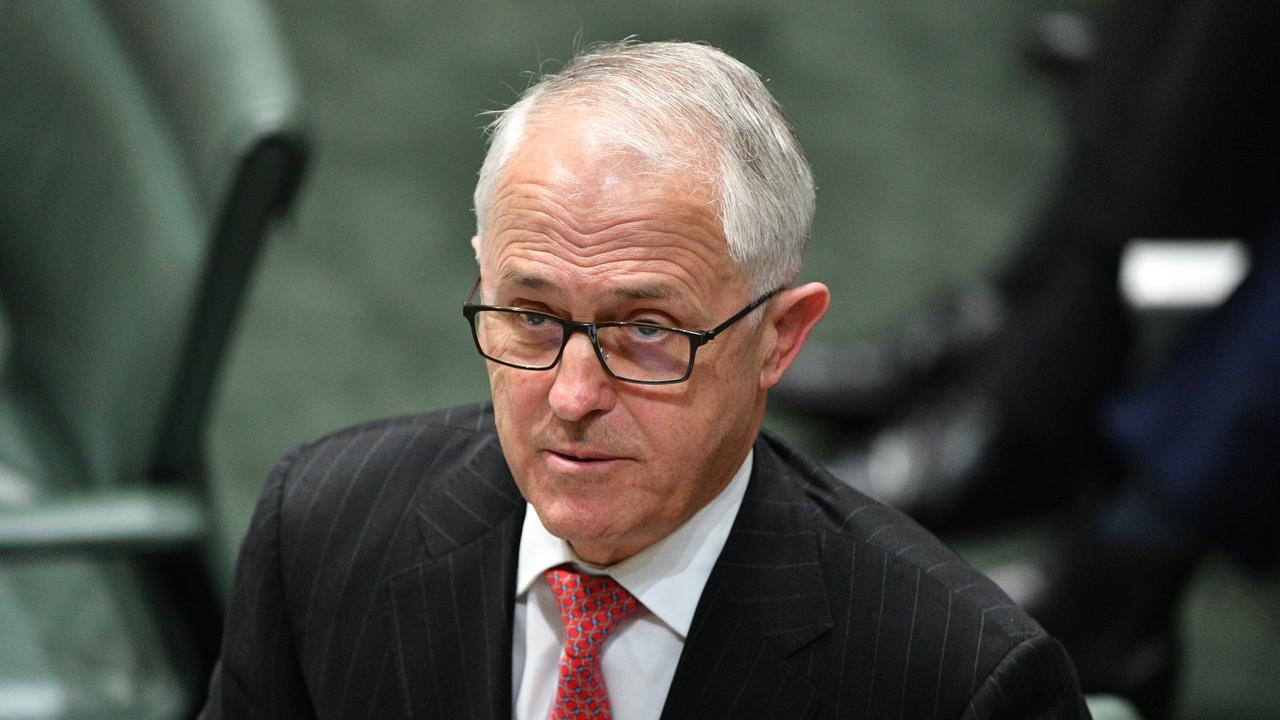Turnbull Government to spend $7 billion on drones
AUSTRALIA’S government will spend almost $7 billion on new military hardware for use in the South China Sea.
THE Federal Government will spend almost $7 billion on long-range surveillance drones for use in defence operations with the United States in the Asia region.
Australia will purchase six of the large Triton drones, with the aircraft able to complete a lap of the South China Sea from the Northern Territory, Fairfax Media reports.
Australia will work closely with the US, and the fleet of six drones will work closely with the US on shared missions as needed.
“Australia’s alliance with the US is our most important defence relationship, underpinned by strong co-operation in defence industry and capability development,” Prime Minister Malcolm Turnbull said in a statement today.
“This co-operative program will strengthen our ability to develop advanced capability and conduct joint military operations.
“Our number one priority is keeping Australians safe. This investment will protect our borders and make our region more secure.
“As part of this investment, Australia will also enter into a $200 million cooperative program with the United States Navy for the development, production and sustainment of the MQ-4C Triton.”

The Tritons symbolises a massive boost in surveillance, intelligence and reconnaissance capabilities, replacing the outdated P-3 Orion surveillance planes.
The unmanned aircraft will be controlled remotely from South Australia and the Northern Territory, and can monitor an area the size of Switzerland.
Federal Defence Industry Minister Christopher Pyne said the investment will allow the Government to more carefully monitor who’s in Australia’s sea area.
“We’ve got 7 Poseidons, and we’ll soon have one Triton, and eventually we’ll have 12 Poseidons and six Tritons,” he told Nine News.
“It gives us even more capabilities for surveillance and reconnaissance. That helps us to know who’s in our sea area. Also we’ll use it for people smugglers, people who want to [do] environmental damage in our area [and] illegal fishers.
“It’s a new capability, it’s very important for us to know who is operating in our area and therefore be able to respond if necessary to any threats.”
All of the drones are expected to be fully operational by the end of 2025.
— with wires



